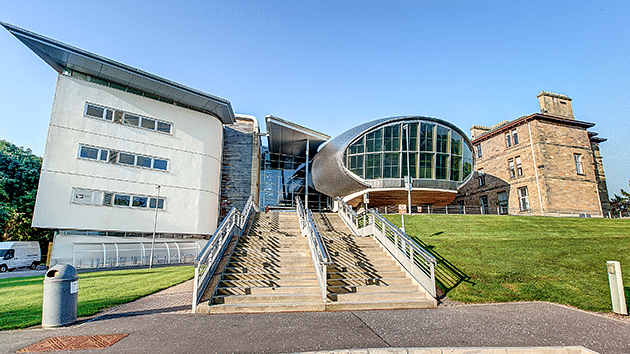The MFA Interactive Art & Experiences programme works at the intersection of creativity and new and emerging technology, attracting applicants with backgrounds in both design and the visual arts, and computing and engineering.
Technologically driven creative interventions are deployed increasingly as objects or spaces, both as a form of critique on the challenges of modern life, and to enhance user experiences and quality of life.
Digital data is instantly transferable in many ways, and you will learn how to shape and form objects and spaces, and use hardware and software to programme direct and indirect user interactions.
The two year MFA offers students the opportunity to extend project work through an in depth, research-led creative enquiry. The first year of the programme is aligned to the MA and you will undertake six modules developing subject specific-skills and knowledge, external research and entrepreneurial collaboration, and practice-based research.
In the second year, you will extend your practice with two large modules: the self-directed Major Project with specialist supervisors, and Professional Practice with portfolio mentors. You will end the programme with a highly professional portfolio that enhances industry and employment opportunities or (with an emphasis on research) offers a robust gateway into PhD-level study.
The programme is supported by the Edinburgh Napier design team who are actively engaged in research, knowledge exchange and/or consultancy work as part of the Art & Design Research Centre (ADRC). The pathway is led by Andrew O’Dowd who has a background in engineering design and computing, and expertise in interaction design.
Andrew O’Dowd studied computing, and then engineering design, before completing a masters degree in Interaction Design. Andrew has a wide range of design, technical and software skills and is currently working on several research projects that utilise interactive technologies.
Design for Interactive Arts & Experiences is a constantly evolving discipline where practitioners work at the intersection of design and computing, electronics, and new and emerging technologies.
On the Sketching in Hardware & Software module you’ll develop technical prototyping skills.
On the Design for Heritage & Cultural Spaces you’ll work on responsive environments and interactive experiences for exhibition and display.
On the Making as Thinking module, you’ll work on prototyping interactive objects.
You can choose Design for Makerspaces module, to develop making skills for entrepreneurial opportunities in circular economies, or the Light Art & Projection module in which you’ll explore ways to apply digital imaging and digital installations within responsive environments.
